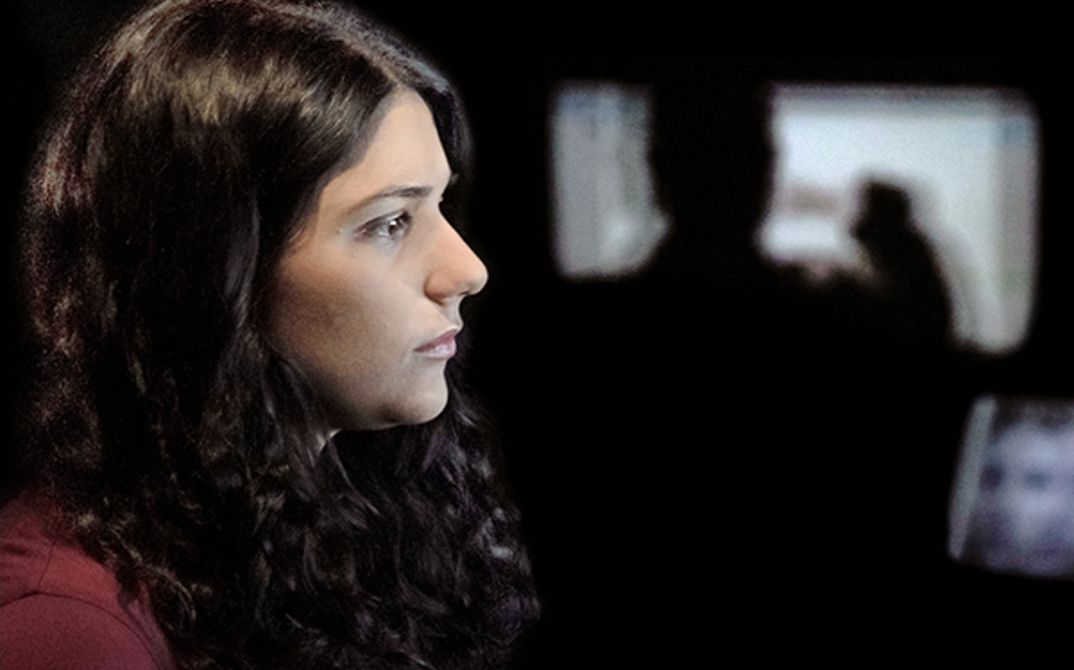70 min. English, Hebrew, Arabic.
In a laboratory-like setup, The Viewing Booth recounts a unique encounter between a filmmaker and a viewer. The film explores the way we make meanings for nonfiction images, and how what we see in such images, is related to our belief systems. Ra’anan Alexandrowicz, whose films The Law in These Parts (2011) and The Inner Tour (2001) have exposed different aspects of the Israeli occupation, compiles online video footage depicting the harsh reality of Palestinian existence under Israeli military rule. He then shows this footage to American students and films their reactions, focusing on one of them, Maia Levy, an enthusiastic supporter of Israel. Six months later, Alexandrowicz invites Levy to watch more footage. This time, Maia views edited footage of herself while she was watching the images of the occupation. What is revealed in the process is multi-layered, puzzling, insightful and extends beyond the Israeli-Palestinian conflict. Maia’s candid and reflective analysis of her previous commentary gives the viewer a staggering demonstration of the idea that seeing is not always believing. (jn)
Ra’anan Alexandrowicz was born in Jerusalem, Israel in 1969. He completed his studies at Jerusalem’s Sam Spiegel Film and Television School in 1996. Following his debut, Rak B'Mikrim Bodedim, he continued making documentary films as well as his first fiction film James’ Journey to Jerusalem. Alexandrowicz served several times as advisor to the Sundance Institute Documentary Fund.
